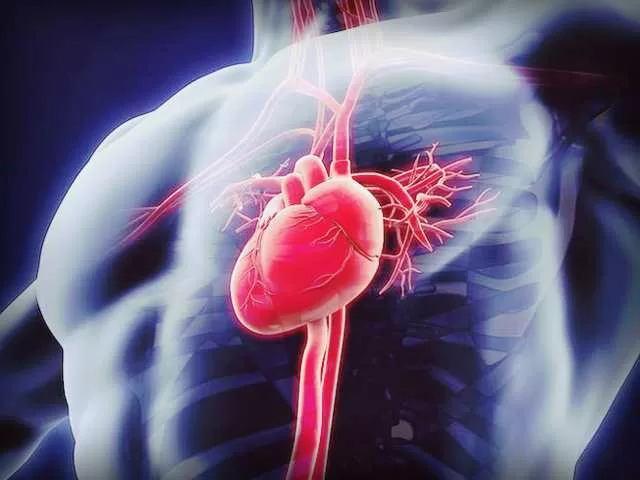Commotio cordis is a rare but potentially fatal condition that occurs when a blunt impact to the chest causes the heart to stop beating. It is most common in young athletes who play contact sports, such as baseball, hockey, or lacrosse. The impact has to occur at a precise moment in the cardiac cycle, when the heart is vulnerable to electrical disturbances. If not treated quickly with defibrillation, commotio cordis can lead to death or permanent brain damage.
In the realm of myths and mysteries surrounding the human body, the concept of the “touch of death” has long captured imaginations. From cinematic depictions to real-life incidents, the idea of a single forceful blow causing the heart to stop has been both sensationalized and questioned.
The recent news surrounding the death of political prisoner Alexei Navalny, allegedly due to a forceful blow to the chest—a supposed trademark of the KGB—brings this notion back into focus. However, separating fact from fiction is crucial when delving into the complex physiology of the heart.
Commotio Cordis: Unraveling the Agitation of the Heart
The phenomenon known as commotio cordis, or “agitation of the heart,” occurs when trauma disrupts the heart’s cycle of beating. The precordium, the chest wall area directly above the heart, becomes the focal point. Despite the robust protection provided by ribs, muscles, and the pericardium, vulnerability remains.
Typically observed in young athletes, commotio cordis results from blunt impact trauma, often involving hard objects like baseballs or hockey pucks. However, the likelihood of triggering commotio cordis is remarkably low, occurring only when specific conditions align.
The impact must be to the precordium, with sufficient energy to affect the heart’s pumping muscle, and it must coincide with a specific phase of the cardiac cycle—the T wave upstroke, constituting just 1% of the cycle. This rarity makes commotio cordis significant, as it can lead to severe, potentially lethal ventricular fibrillation.
Saving Lives: The Precordial Thump Dilemma
While a forceful blow can seemingly halt the heart, history has shown instances where it could do the opposite. The precordial thump, a technique involving striking the precordium with the base of a clenched fist, has been dramatized in medical series like Grey’s Anatomy.
Historically, this thump was considered part of the algorithm for treating cardiac arrest, seemingly restoring normal heart rhythm. However, scientific scrutiny has revealed its risks, as the same mechanism responsible for potential revival could trigger commotio cordis, making the problem worse.
Despite its portrayal in popular media, the precordial thump has fallen out of medical grace. Advanced life support guidelines in the UK no longer endorse its use due to limited evidence of benefits.
The Delicate Heart: Factoring in Timing and Precision
Even with layers of bone, muscle, and membrane shielding the heart, it remains a delicate organ. Striking the precordium at the correct site and with enough force might be theoretically possible but hitting it precisely during the 1% of the cardiac cycle when commotio cordis could occur is highly improbable.
Interestingly, individuals with dextrocardia, a condition where the heart is located on the right side of the body, might have a unique advantage. Being part of the 0.00008% of the population with dextrocardia could theoretically reduce the risk of a fatal blow to the heart.
In conclusion, while the concept of a “touch of death” holds a certain allure, understanding the science behind commotio cordis and the limitations of techniques like the precordial thump is crucial. The reality is far more complex, highlighting the delicate balance between myth and medical science in unraveling the mysteries of the human heart.

